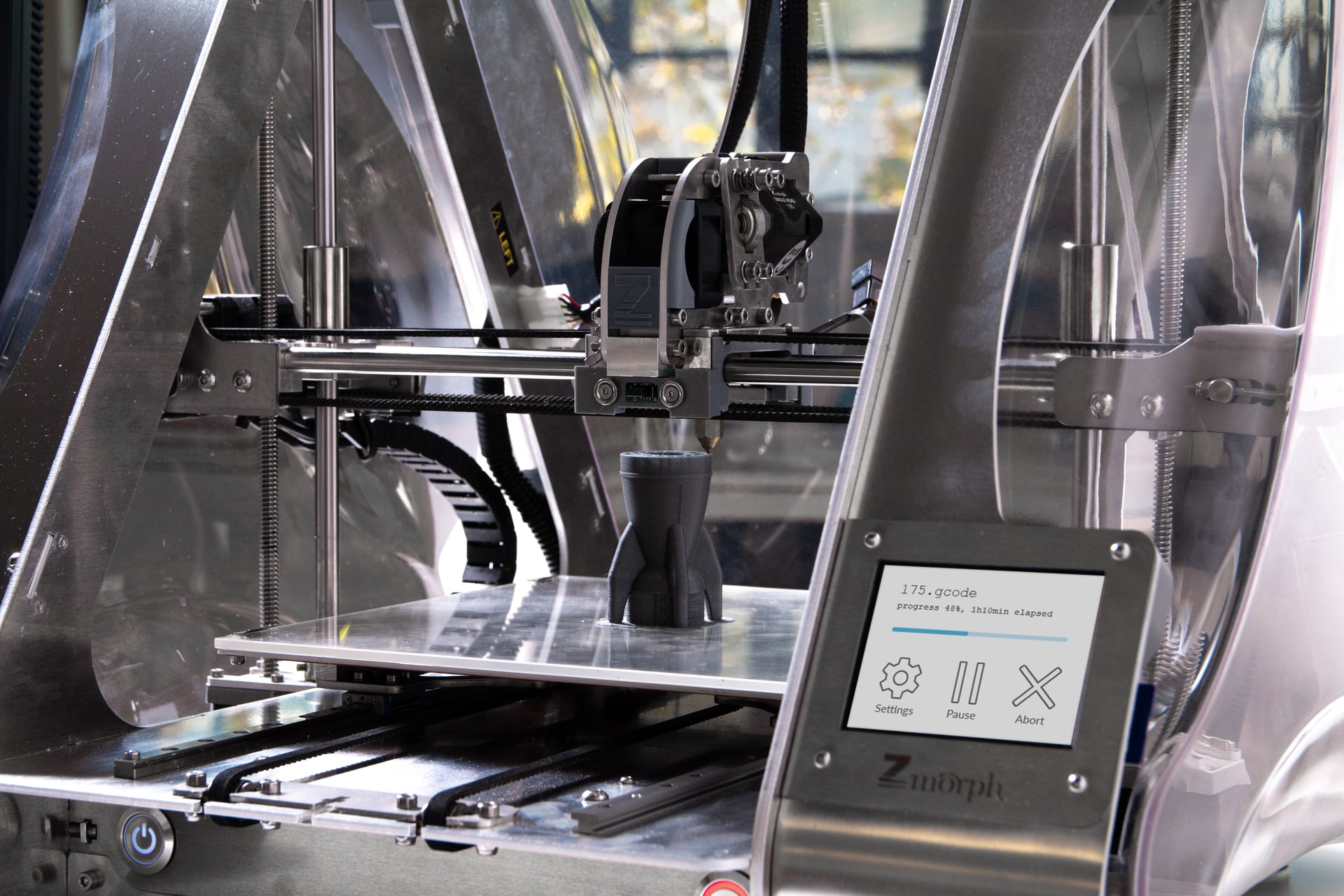3D printing is an excellent technology that can be used by both hobbyists and industrial-scale companies. But it all starts with an idea, of course. You’re likely aware that 3D printing is very commonly used for creating action figurines, board game pieces, and miniature house models, but did you know it’s also used in the aerospace, automotive, and robotics industries?

You’re probably not trying to 3D print parts for a DIY rocket ship, and you should probably be aware there’s a ton of FAA licensing required to even attempt launching a rocket, but we all need to start somewhere. So whatever your idea is, whether it’s printing your own Batman figurines or more practical and cool 3D prints, we’re going to go over some of the basics of 3D printing and where to start.
How and why beginners should outsource 3D printing work
Before you fully commit to the world of 3D printing, it’s a good idea to outsource your early ideas first. This will give you a better idea of what 3D printers are capable of, and what they aren’t, as well as save you a significant chunk of money on the upfront investment of purchasing a 3D printer and the necessary materials.
This is because beginners will typically fall into two camps. The first camp will buy a budget 3D printer that is not capable of professional quality, and have bad results with their initial ideas. The second camp may spend too much on a high quality, 3D printer, then decide it’s not for them after all, and have wasted a lot of money.
By outsourcing your early 3D printing work, you’ll save a lot of money and can request work done on different types of AM systems, and then ask questions to the company about their process and get help deciding on which 3D printing technology is best for you.
Using a professional service such as 3D Hubs, which offers 3D printing in Nashville and Austin, you just need to upload a CAD model, get a free quote, and then you can receive your parts in as little as 2 days.
This also gives you the opportunity to speak with professionals on the different processes and materials used in 3D printing, depending on the job being done, which can help you ultimately decide what type of AM system you’ll buy down the road.
What are the different types of 3D printing processes?
There are many different types of 3D printing processes, but some are more commonly used than others depending on the type of job being done.
Hobbyist 3D printing such as model figurines and game board pieces would typically use SLS or DLP because of the high level of detail available, whereas large industrial parts would more commonly use FDM process.
Is this making your head hurt? Let’s briefly examine what each of the common 3D printing processes means.
Selective Laser Sintering (SLS)
SLS is used for both prototyping and small-batch production of functional plastic parts with good mechanical properties.
In SLS, a laser selectively sinters polymer powder particles, fusing them together and building a part layer-by-layer.
MultiJet Fusion (MJF)
HP’s Multi Jet Fusion (MJF) can be used for both prototyping and small-batch-production of functional plastic parts.
In MJF, parts are built by jetting a binding agent onto thin layers of polymer powder particles (typically nylon) and then sintering them using an IR heat source.
Direct Metal Laser Sintering (DMLS)
DMLS produces high performance, end-use metal 3D printed parts for industrial applications in the aerospace, automotive and medical industries.
Fused Deposition Modeling (FDM)
FDM is the most widely available 3D printing process, mainly used for low-cost prototyping and design verification with very fast turnaround times.
Stereolithography (SLA)
SLA is most suitable for visual applications where an injection mold-like, smooth surface finish, and a high level of feature detail are required.
Similar to SLS process, SLA uses a laser to trace out and build individual layers, but SLA uses a liquid resin instead of the powder used in SLS.
Conclusion
There’s truly a lot to understand about 3D printing, and that’s why we mainly recommend outsourcing your initial ideas first, and talking with the company about their recommended process for what you have in mind.